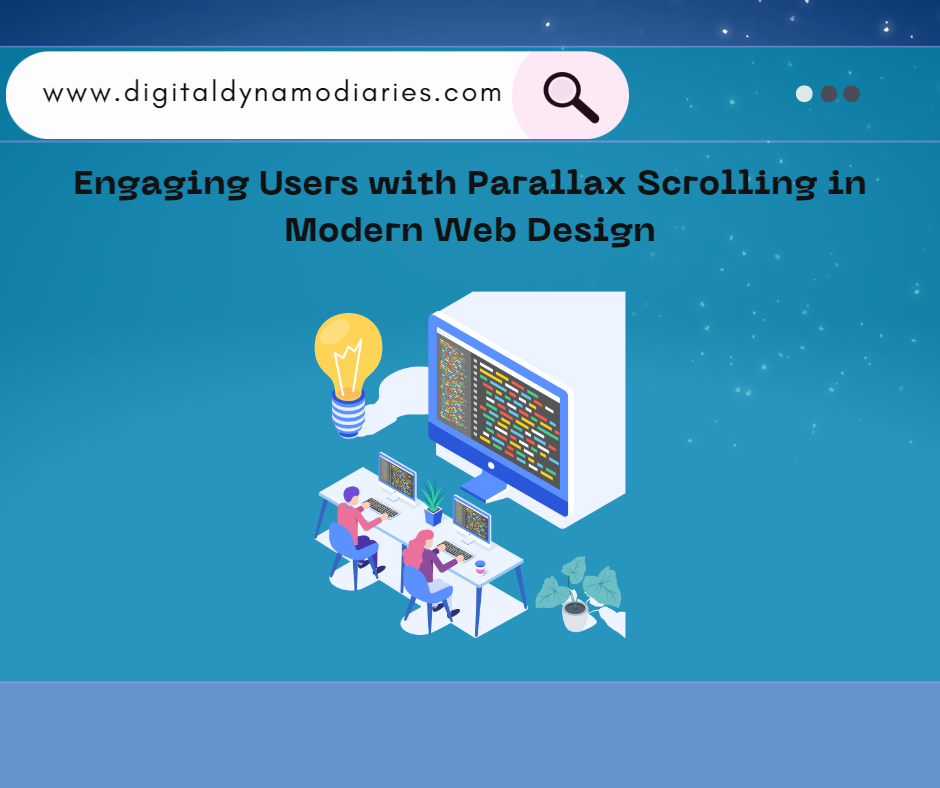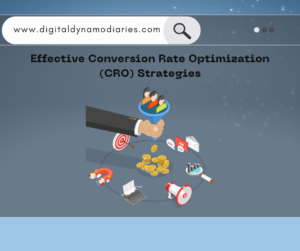Engaging Users with Parallax Scrolling in Modern Web Design
In the ever-evolving world of web design, creating an engaging and visually appealing user experience is paramount. One technique that has gained significant traction is parallax scrolling. This design method, where background images move slower than the foreground content, creates a sense of depth and immersion, captivating visitors and keeping them engaged. In this article, we’ll explore everything you need to know about parallax scrolling, including its benefits, implementation, and guidelines to ensure an optimal user experience.
What is Parallax Scrolling?
Parallax scrolling is a web design technique that creates a 3D effect as users scroll through a webpage. By moving background images at a different speed than the content in the foreground, designers can create a dynamic and layered visual experience. This technique draws inspiration from the way objects move at different speeds in the real world, depending on their distance from the viewer. In web design, this effect enhances the storytelling aspect of a website, making it more interactive and engaging.
Benefits of Parallax Scrolling
Parallax scrolling offers several advantages that can significantly enhance the user experience on your website.
1. Enhanced User Engagement: Parallax scrolling captivates users by offering a visually stimulating experience. The movement of layers creates a sense of depth, encouraging visitors to explore the content further.
2. Improved Storytelling: By using parallax effects, designers can guide users through a narrative or journey, making the content more memorable and impactful. This technique allows for creative storytelling that keeps users engaged.
3. Increased Time on Site: A well-executed parallax design can encourage users to spend more time on your site. The immersive experience can lead to longer session durations, which is beneficial for SEO and conversion rates.
4. Aesthetic Appeal: Parallax scrolling adds a modern and sophisticated touch to websites, making them visually appealing. This design choice can help your site stand out in a crowded digital landscape, making a lasting impression on visitors.
How to Implement Parallax Scrolling
Implementing parallax scrolling requires careful planning and a solid understanding of web development techniques. By following a structured approach, you can successfully integrate this feature into your web design.
1. Choose the Right Framework: Start by selecting a suitable framework or library that supports parallax scrolling. Popular options include ScrollMagic, Skrollr, and CSS parallax techniques, which offer flexibility and ease of use.
2. Design for Performance: Parallax effects can be resource-intensive, so it’s important to optimize images and code for faster load times. Compress images, use lazy loading, and minimize unnecessary scripts to ensure your site performs well across devices.
3. Test Across Devices: Since parallax scrolling involves intricate visual effects, it’s crucial to test your design on multiple devices and screen sizes. Ensure that the parallax experience is smooth and consistent on desktops, tablets, and smartphones.
4. Maintain Accessibility: While it can enhance the user experience, it should not compromise accessibility. Provide alternative navigation options and ensure that content remains readable and navigable for users with disabilities.
Guidelines for Effective Parallax Scrolling
To make the most of parallax scrolling, it’s essential to follow best practices that ensure both visual appeal and usability. Here are some key considerations to keep in mind when implementing this technique.
1. Keep It Simple: Overusing parallax effects can overwhelm users and detract from the content. Use parallax sparingly and strategically to enhance specific sections of your site, rather than applying it to every element.
2. Prioritize Content Over Design: While the visual impact is important, content should always take precedence. Ensure that the effect supports the message you want to convey and doesn’t distract from key information.
3. Ensure Mobile Compatibility: Not all mobile devices handle parallax scrolling well, so it’s important to provide a fallback or alternative design for mobile users. This ensures that your site remains functional and accessible on all platforms.
4. Focus on User Experience: Ultimately, the goal should be to improve the user experience. Avoid using the effect solely for aesthetic purposes, and consider how it can enhance navigation, storytelling, and overall engagement.
Conclusion
Parallax scrolling is a powerful tool in modern web design, offering a unique way to engage users and enhance the visual appeal of your website. By understanding its benefits, implementing it effectively, and following best practices, you can create a compelling online experience that keeps visitors coming back for more. As with any design technique, balance and thoughtful execution are key to making it work for your website.



